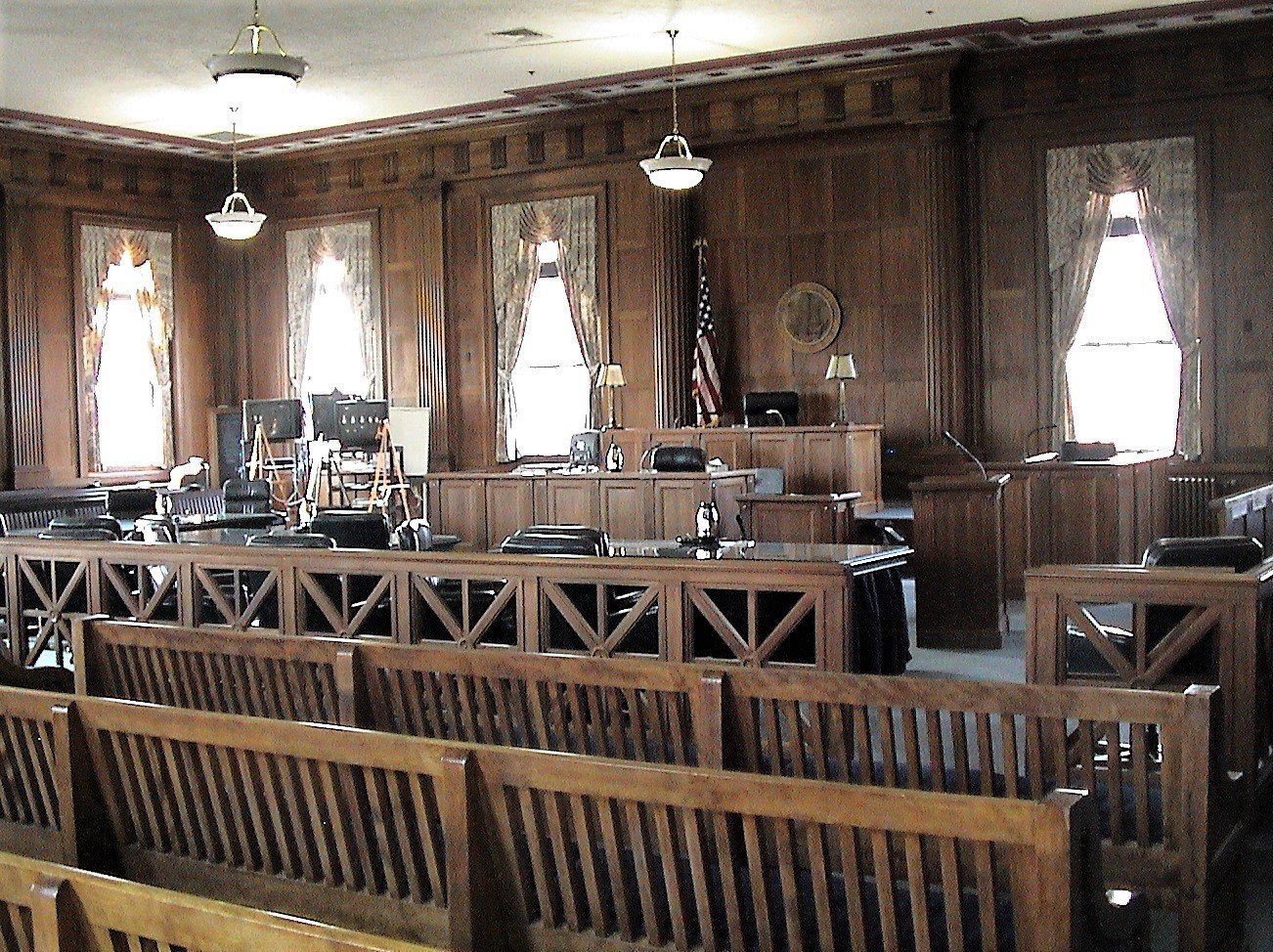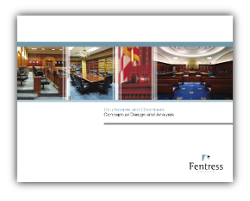For R&A projects that include the renovation of several existing courtrooms and perhaps several new courtrooms, the most effective solutions may be more than just architectural. Instead, solutions may also be influenced by the court’s overall operational objectives for the functions and activities intended to occur in these courtrooms.
There are two philosophies surrounding the type and function of multiple courtrooms. The most common approach is to design courtrooms by their function. With this option, each courtroom is designated for a specific docket or a type of judge. For example, a juvenile proceedings courtroom is typically designed to be more compact with no jury box and includes additional tables for counsel and other parties in the well area. Though this courtroom will work well for juvenile proceedings, it will not work well for many criminal proceedings.
A courtroom designed for a specific docket or type of judge makes it difficult for judges to assist in other dockets. This is not a significant issue in many jurisdictions, as judges are assigned a specific docket and limit their activity to proceedings within the docket. In these jurisdictions, judges assist in other dockets by exchanging or sharing courtrooms when needed.
Though courtroom sharing (which we will discuss in future blogs) is common, it can be burdensome for a judge to move files, staff, and security from one courtroom to another, especially with short notice.
A study of one county Circuit Court found that the one-size-fits-all approach drastically increased courtroom utilization. The county put caseload management and supporting practices into place to facilitate workflow through the court. The utilization rate of courtrooms based on a one-size-fits-all scenario was simulated to be 75%, double the utilization rate of many jurisdictions.
Based on these conclusions, the courtrooms constructed in a new annex were all jury-capable and functionally identical. In addition, chambers were adjoined to courtrooms in a one-to-one relationship to facilitate efficient workflow. These design approaches were deemed best practices to enhance a progressive case management system and increase judicial productivity.
Ultimately, selecting the best option for the court will depend on balancing the existing architectural conditions in the courthouse with the court’s overall operational objectives.
Generic Courtrooms

However, not all jurisdictions assign judges to specific roles. Some jurisdictions assign judges to a primary docket, such as the criminal docket, but the judges also support other dockets when available. Thus, a second approach to sizing courtrooms is to make them equal in size and functionality.
With this approach, every courtroom has a jury box large enough for civil and criminal cases (often, the jury box can be removed for non-jury proceedings), room in the well for additional counsel tables for juvenile proceedings, and sufficient spectator seating.
Although the one-size-fits-all courtroom approach, such as the one depicted in the accompanying photograph of a Georgia courtroom, may require more overall space, it supports the operational objective that judges assigned to the courtrooms can hear all cases. Therefore, the judges may assist in any docket, resulting in greater courtroom utilization and a faster, more efficient caseload flow.
_____________________________________________________________
Click the image to download our Courtrooms and Chambers: Conceptual Design and Analysis eBook.






.jpg)
.jpg)
.jpg)
.jpg)
.jpg)
.jpg)


.jpg)
.jpg)
-1.jpg)
.jpg)
.jpg)
.jpg)
.jpg)
.jpg)

